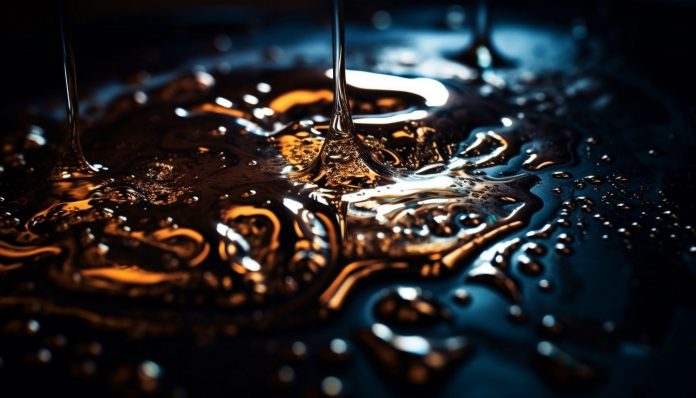Boron Nitride (BN) is a compound of Boron and Nitrogen and is an industrial ceramic material. It has different crystallographic forms: Hexagonal, Wurtzite, Amorphous and Cubic. The hexagonal form has a layered lattice structure. The wurtzite form has a structure like lonsdaleite, which is a polymorph of Carbon. The amorphous form is non-crystalline. The cubic form has a structure like a diamond.
The hexagonal form is a steady form and is called Hexagonal Boron Nitride (hBN). It is also known as Graphitic Boron Nitride or White Graphite. The Wurtzite form is known as Wurtzite Boron Nitride (wBN). The Amorphous form is known as Amorphous Boron Nitride (aBN). The Cubic form is a very hard material, next only to diamond. It is also known as Cubic Boron Nitride (cBN) or Borazon.
Hexagonal Boron Nitride (hBN) for Friction
It is a ceramic material widely used as a solid lubricant in the industry. It has properties like high thermal conductivity, high electrical resistivity, resistance to oxidation up to high temperatures, and high corrosion resistance. It is mostly used as a lubricant in high-temperature applications.
Lubricants reduce friction and wear in mechanical and tribological applications. If a lubricant is not used, the machine’s moving parts will wear out and fail. hBN can be used in powder form or as a suspension in solvents, oils, greases or water.
hBN is preferred where the cleanliness of the working environment is a must. It does not tend to pick up dirt and dust like liquid lubricants do and does not contaminate the products. hBN has been reevaluated as a ‘Clean’ lubricant when compared to other lubricants.
Structure of hBN
hBN has a layered lattice structure, and in each layer, the Boron and Nitrogen atoms form a hexagonal lattice. The bonding between the atoms within the layer is covalent, while the layers are connected by weak Van der Waals interactions.
The layers easily slide past each other when a shear force is applied. The easy shearing of the layers leads to a low coefficient of friction. The hBN layers align themselves parallel to the direction of sliding. hBN can support heavy loads perpendicular to the layers. This property is used while lubricating moving parts.
Uses of hBN
- hBN has unique properties and is used from the metal industry to cosmetics. It is used by most of the cosmetic companies to make foundations, makeup, eye shadows, lipsticks, kohl pencils and more.
- hBN is non-wettable by molten metals and shows good solid lubricating properties. It is used in molten metal and glass applications.
- hBN does not need water vapour to be trapped in the layers for lubrication. Therefore, it can be used in high-vacuum applications like space applications.
- hBN can be used for lubrication over a wide temperature range, even in oxidising and inert environments.
- hBN has high thermal conductivity, which helps to dissipate heat and prevent overheating.
- hBN is chemically inert and is resistant to degradation and corrosion in operating environments.
Synthesis of hBN
hNM can be synthesised using two methods: top-down and bottom-up.
Top-down methods
Mechanical exfoliation
This is a simple method used to produce hBN nanosheets. It involves using physical force to separate the layers of bulk hBN. An adhesive tape is used for peeling the layers and creating nanosheets. However, the hBN nanosheets yield produced is low.
Liquid exfoliation
This is a low-cost and scalable method used to produce hBN nanosheets. In this method, bulk hBN is dispersed in a suitable solvent (isopropyl alcohol or water) and allowed to sonicate. In the sonication process, ultrasonic waves are used to separate the layers and create nanosheets.
Bottom-up methods
Physical Vapour Deposition (PVD)
In this method, a hBN source is hit with energetic particles to get a thin film of hBN on the substrate. Argon gas ions are used to sputter hBN and deposit it on the substrate. Films of varying thickness can be produced by varying the temperature and annealing cycles.
Chemical Vapour Deposition (CVD)
This method is used to get high-quality hBN nanoscale films. In this, Boron and Nitrogen precursors are made to react in the vapour phase. Precursors can be used in any form – solid, liquid or gaseous. The precursors and the substrate can be heated in a controlled environment to get the desired film.
Conclusion
hBN is a solid material which can be used to reduce friction and wear between two moving surfaces. It can be used as an additive in oil and grease to improve their lubricating properties. It can also be used as a coating to reduce friction. It is mostly used in high-temperature applications.






